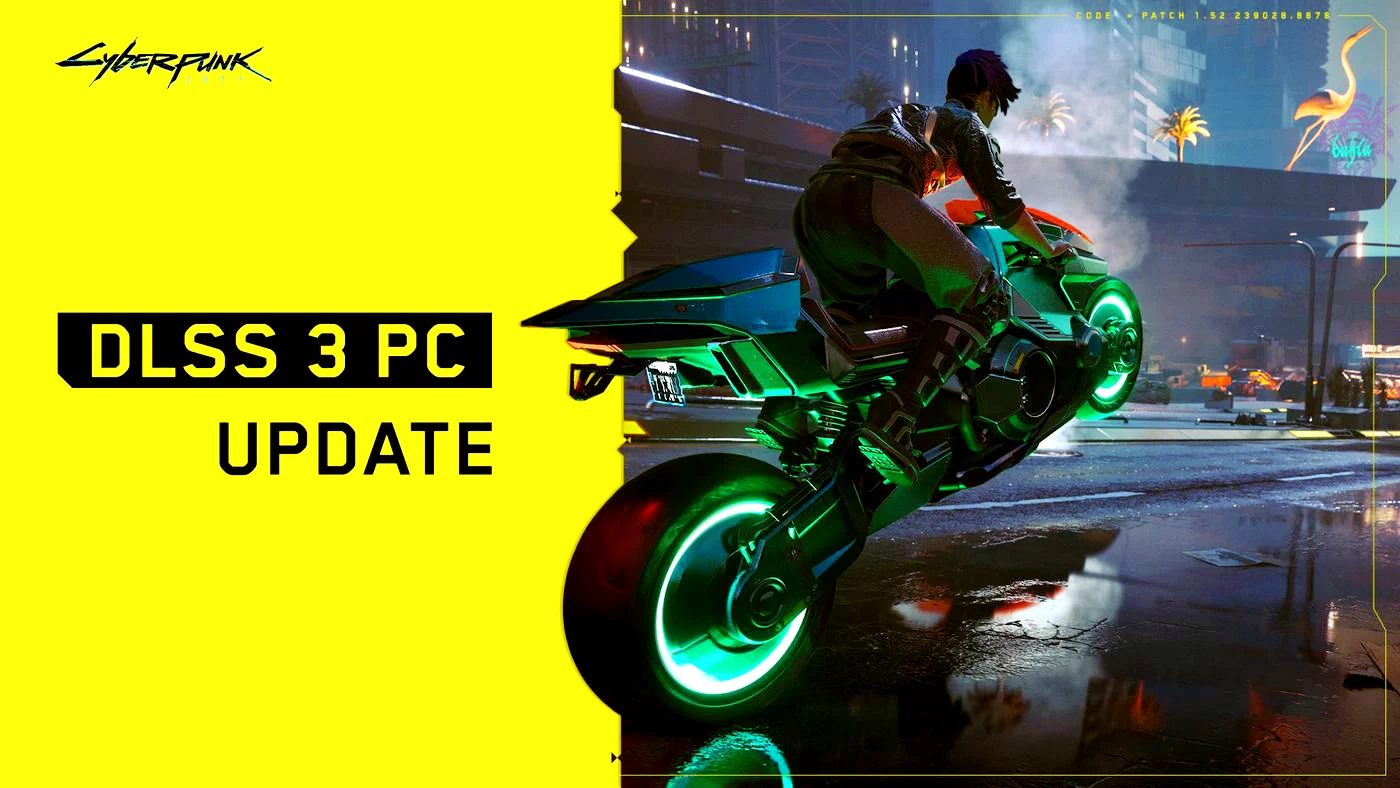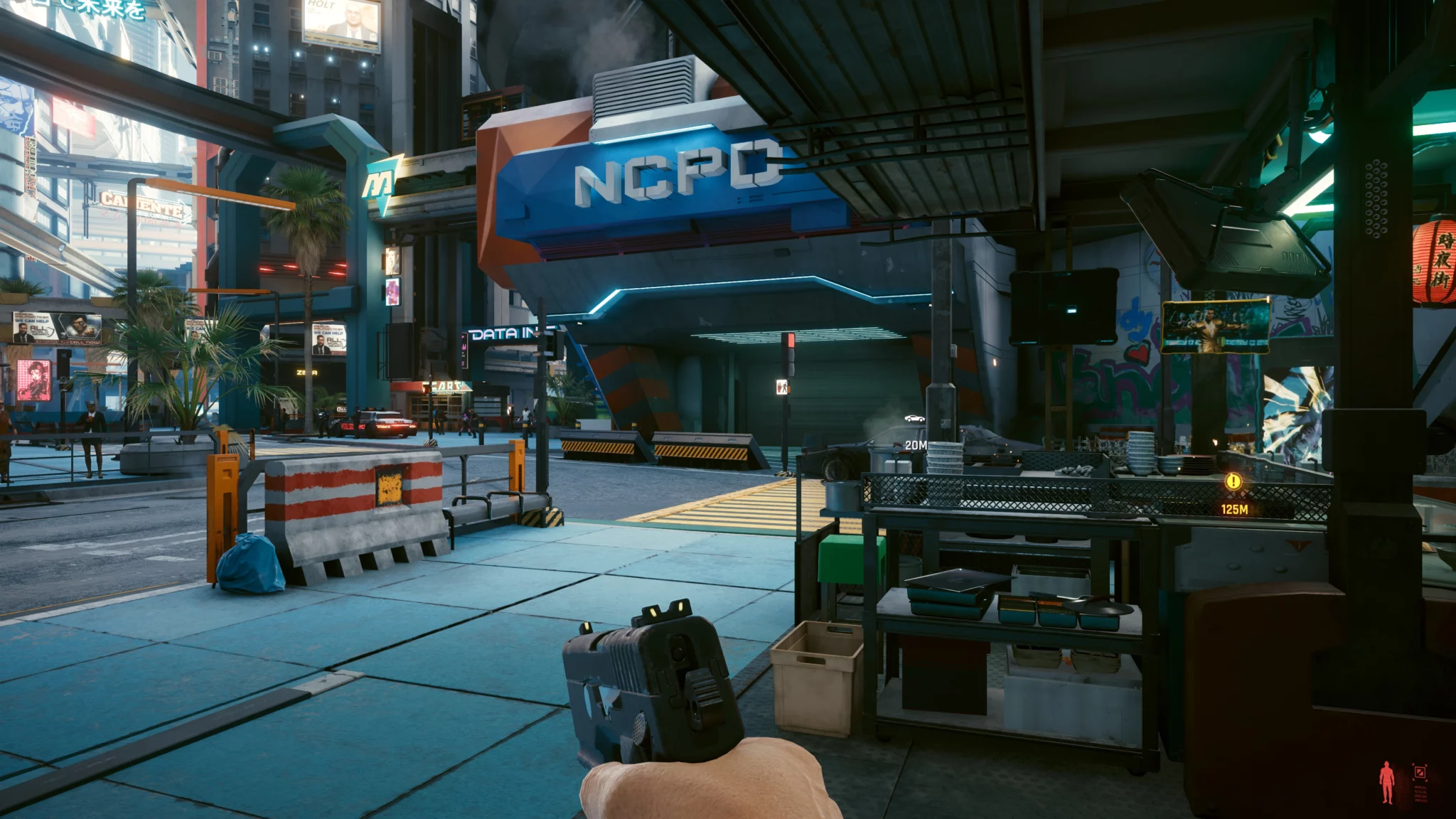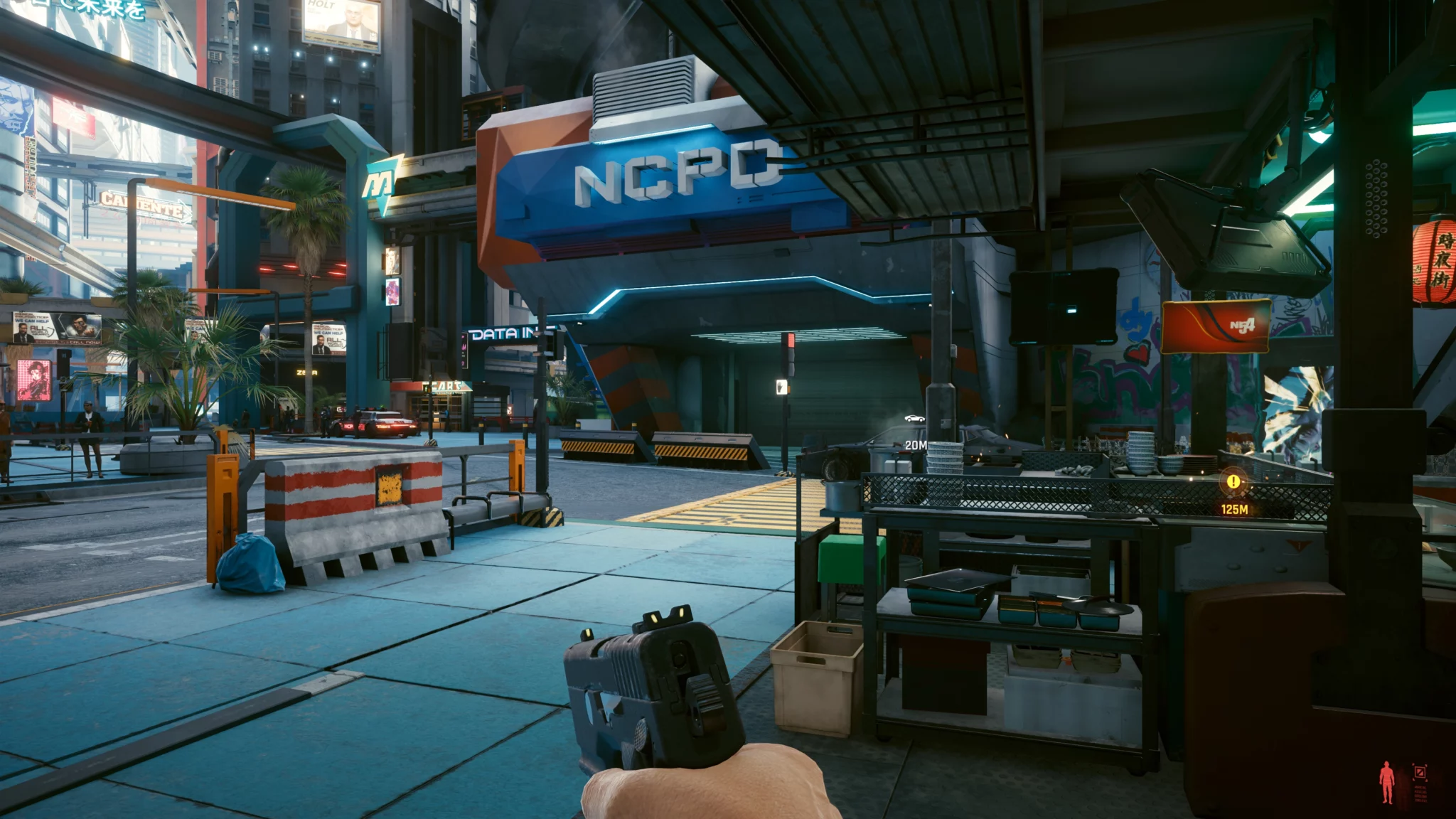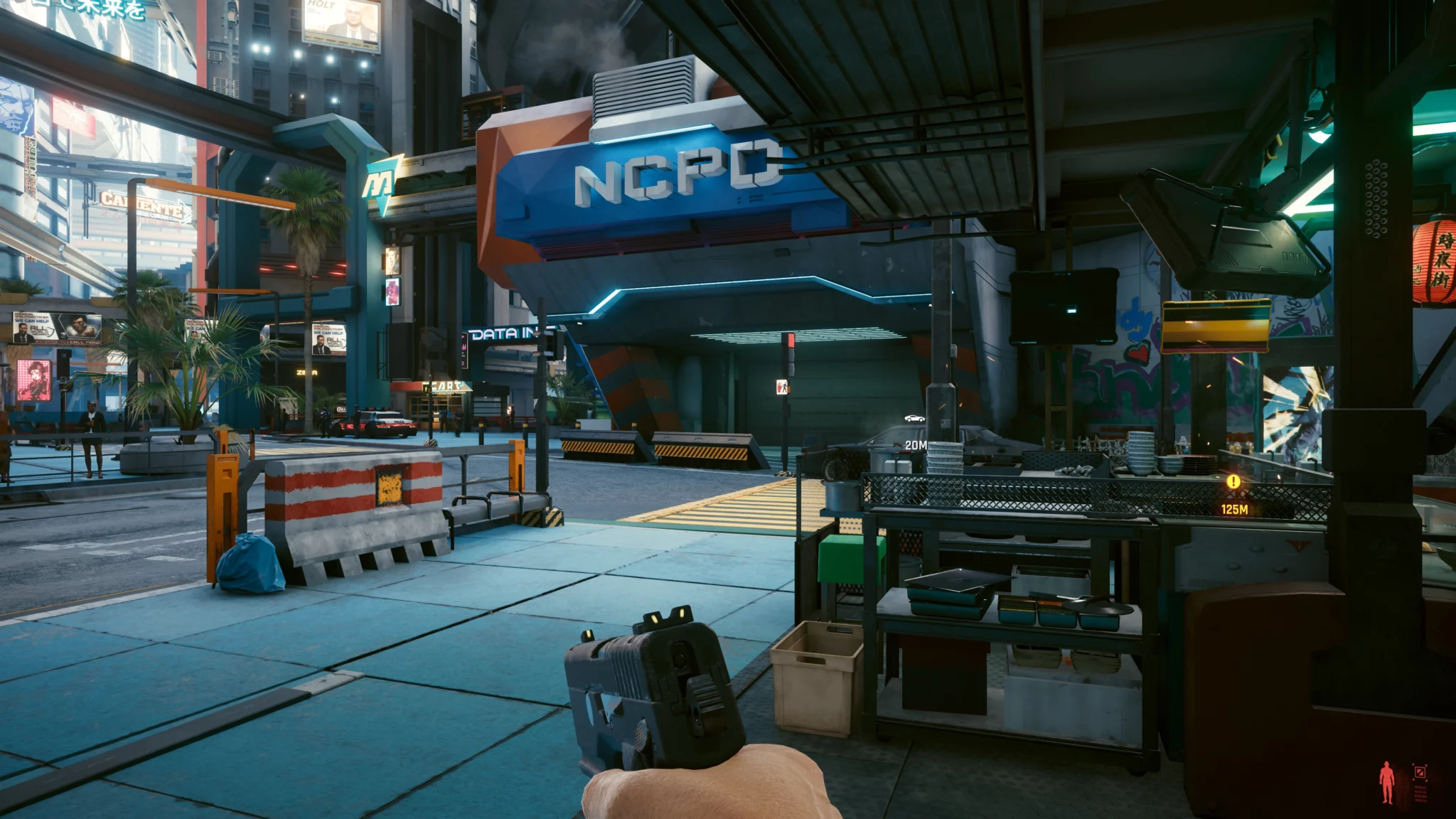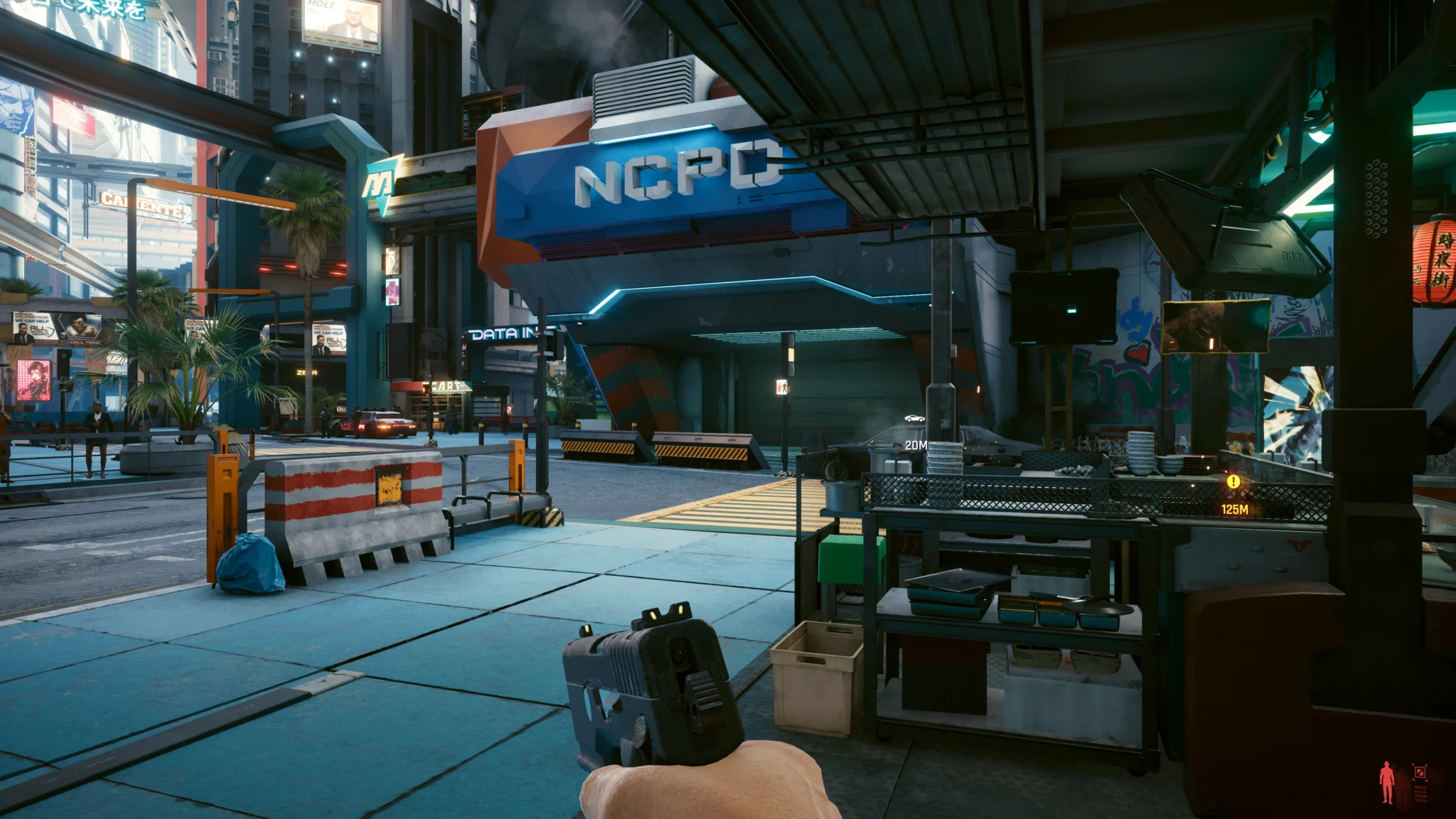CD Projekt Red and Nvidia are following suit: Cyberpunk 2077 gets DLSS 3 in the current patch. We”ve already tried it out – what”s the point?
Sooner or later the technical revolution with the change to pathtracing will take place in Cyberpunk 2077 . Today, however, an important patch arrived, which brings DLSS 3 or the frame generation into the game. We have already had a brief look at it and will tell you about our experiences.
What makes DLSS 3 potentially so important for Cyberpunk 2077? Nvidia”s latest version of the upscaling technology promises even better performance with the highest possible optical quality. Above all, the performance aspect will be important when it is actually added at some point Pathtracing
To use DLSS 3, however, you”ll need a current RTX 4000 graphics card, which makes the latest Cyberpunk patch largely uninteresting to many. Read more about this and how the frame generation works in the article Nvidia DLSS 3.0 only for RTX 4000: That”s why owners of older graphics cards are left out
What is pathtracing? In simple terms, pathtracing is the next level after ray tracing, which on the one hand is intended to provide an even more realistic representation, but on the other hand considerably increases the computing effort. In order to implement this in a game with the hardware demands of Cyberpunk 2077, any technique for more performance, such as DLSS 3, can only be very welcome.
The second new feature in the current patch: Nvidia Reflex is added. This lowers the delay of inputs at slightly less FPS, which can be quite important in interaction with frame generation, as the artificially generated images provide for higher latency. Basically, however, this plays a rather subordinate role in a single-player title like Cyberpunk.
The patch does not bring any other changes, the version number of the game remains the same (1.61). By the way, you can see how Cyberpunk 2077 plays in 8K with an RTX 4090 in the following video:
What can DLSS 3 do? Benchmarks and comparison pictures
In addition to Nvidia”s RTX 4090, AMD”s very fast Ryzen 7 5800X3D gaming processor and 32.0 GB of DDR4 RAM are used for our benchmarks. We played at the Raytacing Ultra level in 4K resolution.
Without any upscaling, we achieved about 42 FPS – a comparatively low value for an RTX 4090, even in 4K resolution. With both DLSS 2 and AMD”s counterpart FSR 2.1, the FPS on the quality level increases considerably, more precisely to about 74 and 72 FPS, respectively.
If we add the RTX 4000-exclusive Frame Generation feature, the frames per second increase even more to 112 FPS.
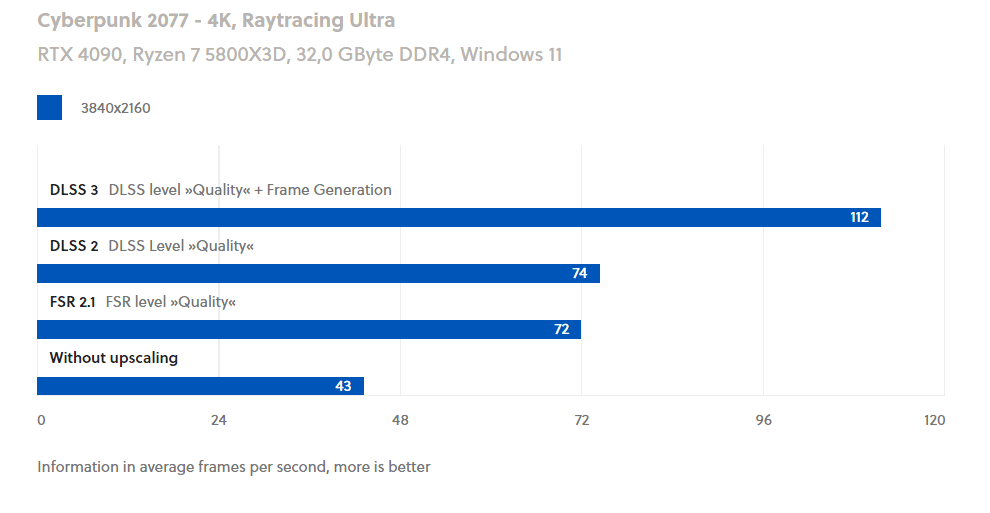
An important note: When setting the frame generation, the DLSS quality level partly reset itself to Automatic
which again provides for higher 144 FPS. With the Quality
level, on the other hand, the 112 FPS seen above are achieved with a slightly sharper image in our test scene.
Who delivers the best picture?
In addition to performance, the optical effects also play an important role in upscaling methods such as DLSS and FSR. In some cases, this results in small new graphics errors, but in other areas the techniques actually deliver a better picture than native rendering?
In our comparison image, DLSS 2 succeeds very well in eliminating the flickering on the garage door in the background, which is primarily disturbing in motion, and in bringing out the neon lights above it better. This also works with FSR 2.1, but the lamps at the top left of the high-rise building shine too strongly and the image appears somewhat less smooth than with DLSS 2. Finally, we have so far been able to detect virtually no visual differences between DLSS 2 and DLSS 3 or the added frame generations.
To see for yourself, click on the pictures below to enlarge them a little. Another mouse click on the button at the bottom left Show in original size
will finally take you to the corresponding screenshot in full 4K resolution.
DLSS 3 is the clear winner
In the end, there are some minor differences in detail between the upscaling methods, but for us the winner in this scene is clearly DLSS with Frame Generation, as it usually combines very good visuals with by far the highest performance.
Judging by our impressions so far, this applies not only to screenshots, but also to actual gaming in motion. We have not noticed any negative effects from the higher input lag caused by the frame generation. However, this is subjectively felt very differently and with the image errors it can depend on the exact scene. Thus, a general judgement on DLSS 3 in Cyberpunk is made difficult, especially at such an early stage after the patch.
Nevertheless: Even if DLSS 3 or DLSS including frame generation in Cyberpunk 2077 only improves the performance and everything remains at the usual high level in terms of visual quality, the technology leaves us with a very good first impression. So pathtracing can come – at least for owners of a wickedly expensive RTX 4000 graphics card.
What do you think about DLSS 3 or frame generation and path tracing in Cyberpunk 2077? A glimpse of the future, (for now) unnecessary technical gimmicks or something in between? Feel free to post it in the comments!

